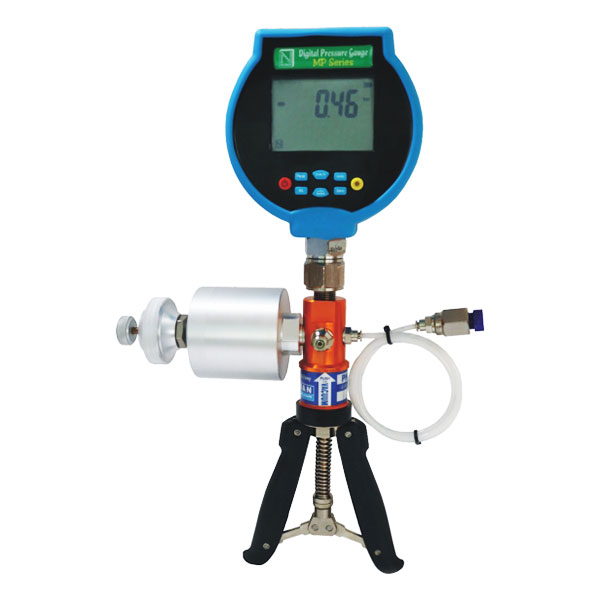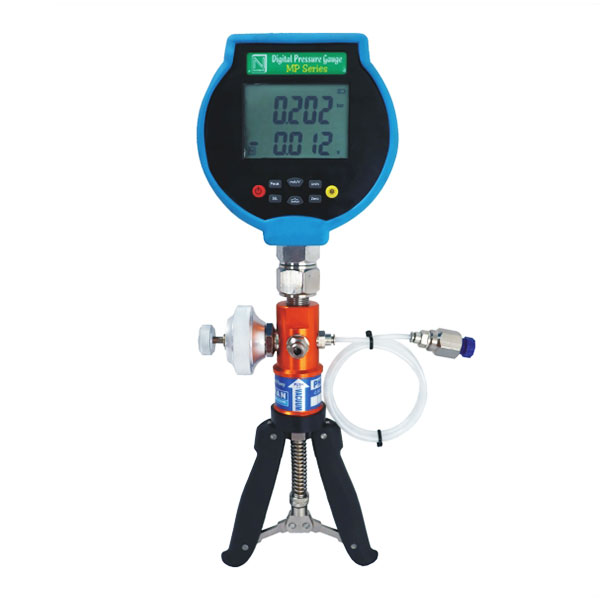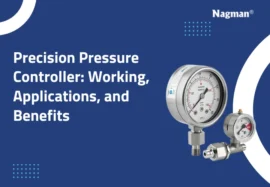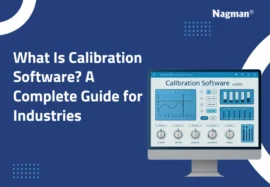An output of the instrument designed to automatically measure the pressure is compared to the result of some other pressure strain gauges, portable pressure calibrator, digital pressure calibrator or a pressure monitoring standard. Plumbing the equipment over test (DUT) towards the standard instrument and producing a comparable pressure in the measurement circuit are standard techniques.
The instruments’ outputs are compared and examined at one or maybe more pressures, usually at a range. It could be from the lowest to maximum values of the DUT’s complete gamut or the ballpark under which it is generally employed. To guarantee that pressure specifications are met and match the recognised or mandatory criteria, this assessment procedure is carried out in a sequence from the highest possible level of basic pressure realisation through to common pressure measurement devices.
Pressure sensor manufacturing and service
Regulatory frameworks are used by vendors of pressure sensors, transmitters, pressure gauges, pressure indicators, pressure switches, and other pressure measurement tools to guarantee that a product satisfies requirements. It could also provide monitored pressure calibration equipment with new instruments, as well as after-sale calibration solutions. Based on the capabilities of the device being analyzed, pressure sampling strategies, starting from basic pressure metrics to high-performance piston gauges, are required for these pressure tests and calibration operations.
The need for pressure calibration solutions
You have the go-ahead and the funds to buy brand-new pressure calibration equipment. So, how do you come up with the ideal solution? Planning is as simple as asking yourself these five questions. Among several other things, you may want to consider your workload. Especially the location and placement of the calibration, pressure development and management, and automation.
How accurate or doubtful is the device that will be analysed?
Users could then hunt for calibrators that would offer a 4:1 test ambiguity ratio after knowing the parameters of the system under test (DUT).
How will you put the calibrator to use?
If you’re going to use the calibrator in the line of work, your needs will be varied than if you’re using it in a controlled laboratory setting. For sampling, in particular, you’ll want to have something compact and portable. It’s even preferable if it’s multi-functional, allowing you to use only one device rather than several.
Do you know the pressure spectrum of the item to be inspected, as well as the test method?
You can ascertain that what models in all those subgroups can also be used to calibrate your compression devices based on pressure measurement configuration (absolute, gauge, or differential), analyse medium (gas, oil, or water), and pressure monitoring scope even before you know which classifications of types of equipment will fulfil your measurement unpredictability necessities and will start operating in your environment.
Will you require pressure generation and regulation?
The device under test (DUT) and calibration show the extent must be compared at several pressure points throughout the DUT’s gamut in most calibration measurement methods. Because some DUTs or mechanisms to be calibrated have constructed pressure production and control, the calibration standard may not have been required. Whenever an alternative source is required, Nagman Calibration provides various types of calibrator types with integrated pressure control, as well as production and regulate pressure calibrator peripherals.
How much of the calibration procedure can be automated?
Deployment of an automated process on the pressure calibration procedure has many potential advantages. It includes increased productivity, improved pressure measurement techniques, elimination of human bias throughout the calibration period, standardisation of calibration procedures, removal of data gathering and typographical errors, and decreased security and ergonomic concerns. Nagman Calibration products have characteristics that allow for automation to the extent that the equipment under test allows (DUT). Nagman Calibration offers solutions for entirely unsupervised calibration, even at the greatest degrees of measurement efficiency, when the DUT has an electrical output (distant communications or an electromagnetic wave signal that can be received by a DMM).
You’ll want to double-check that you have everything you need to connect everything, shield the system from contamination, and connect the DUT to the test port. You’ll also need a mechanism to attach the DUT, apply pressure to it, and take readings while it’s being calibrated. Would you need to install or transfer the system, and if so, do you have the necessary tools? How can you keep the instrument in good working order? Do you require any training?
Nagman Calibration provides more information to assist you in making the optimal pressure calibration system decision.







